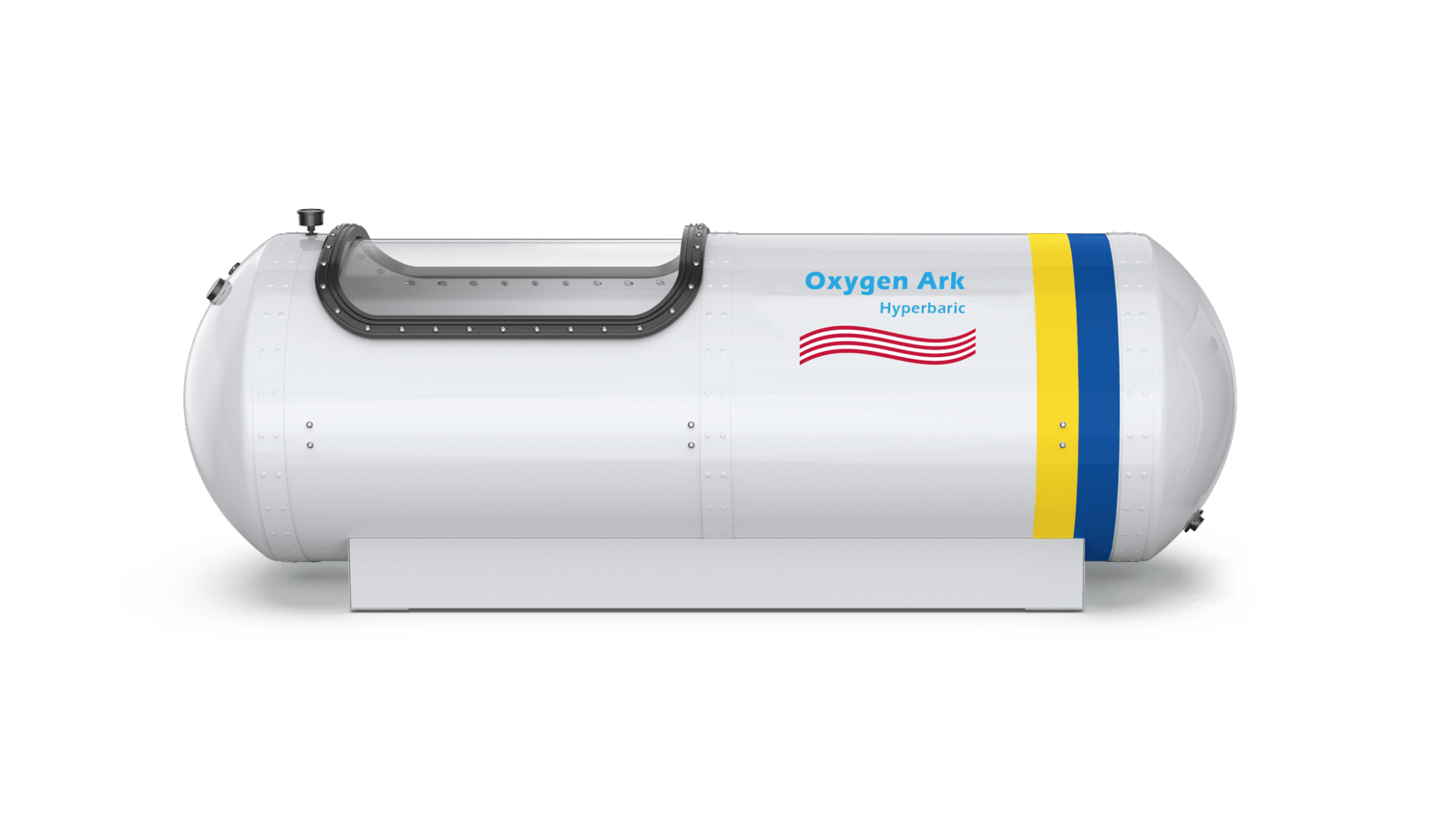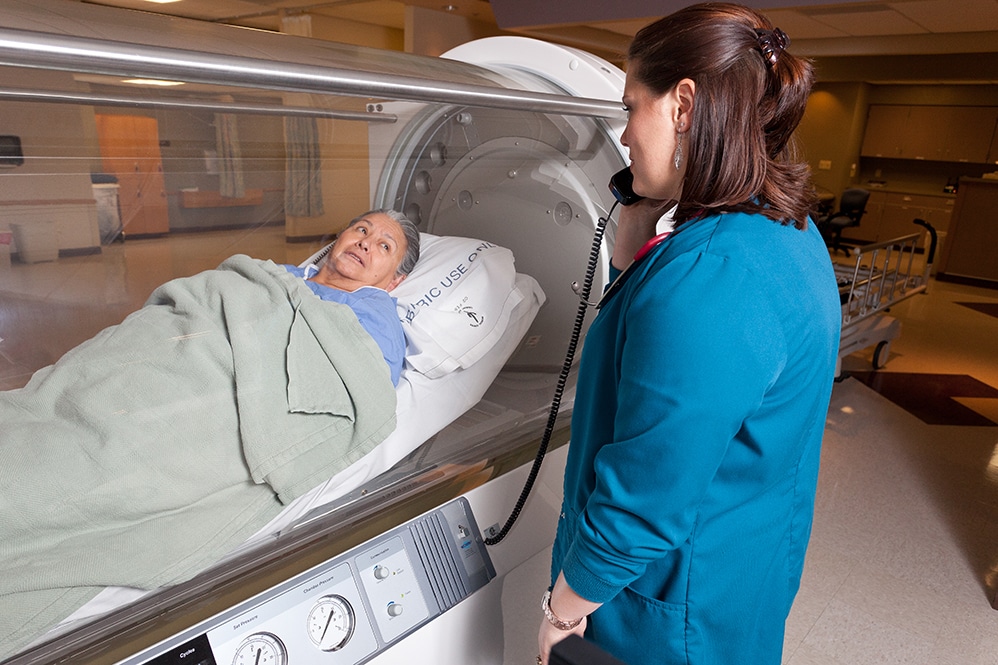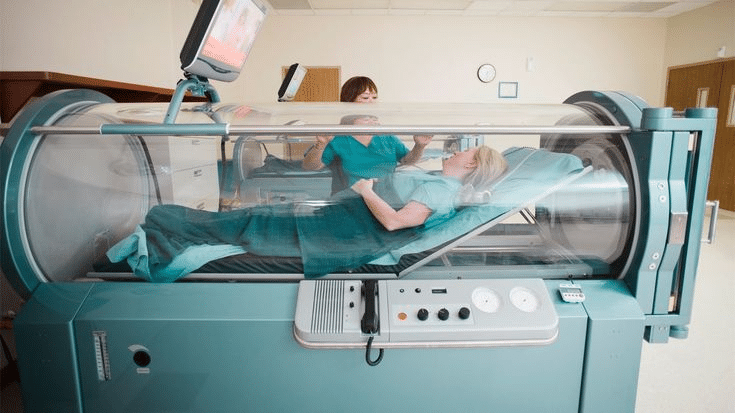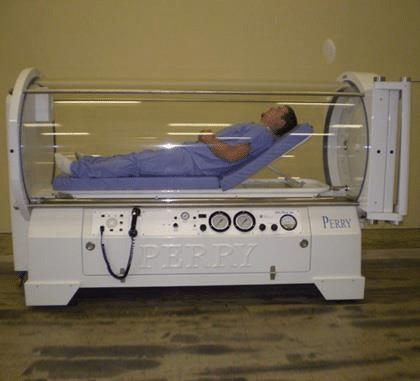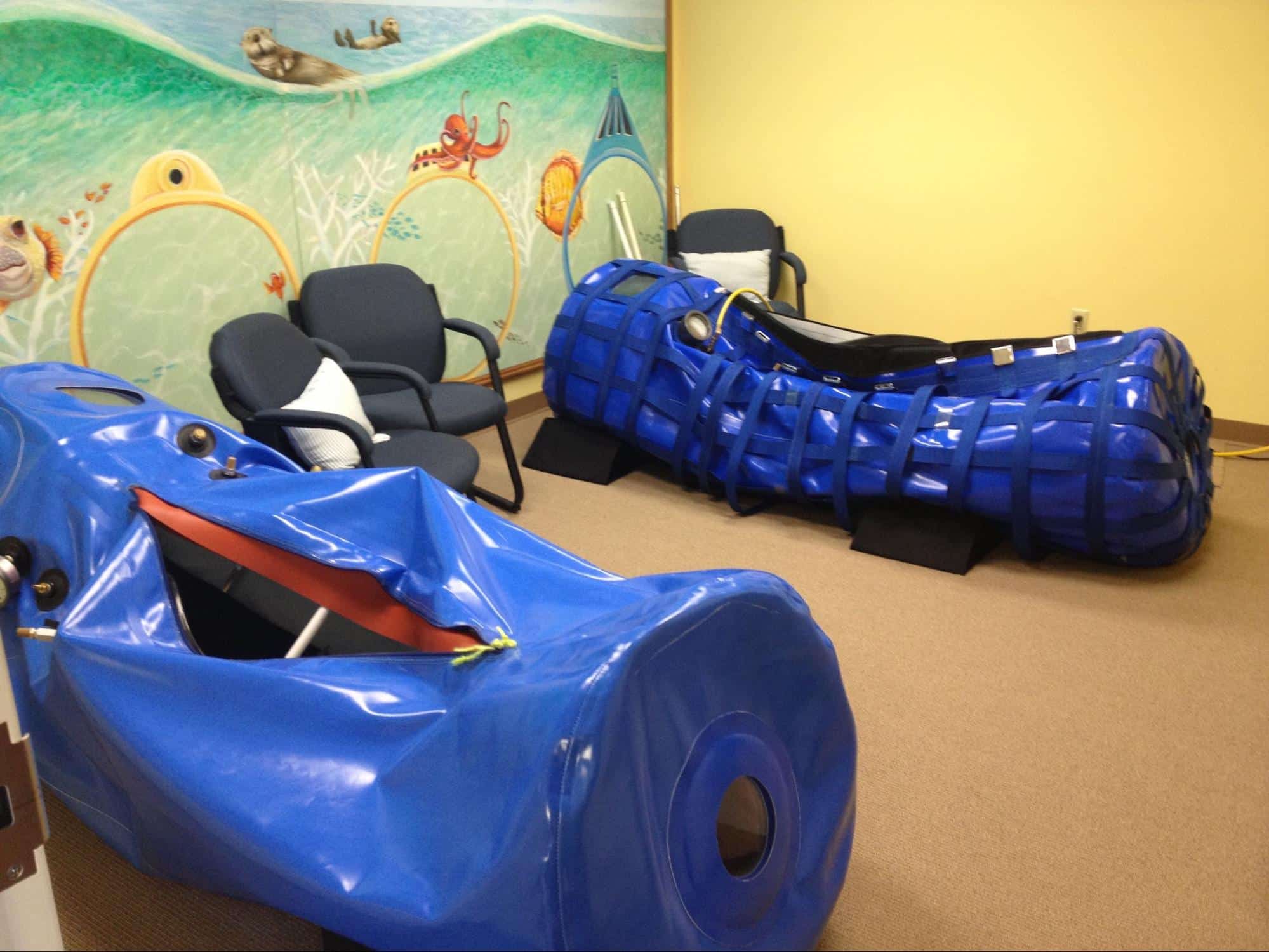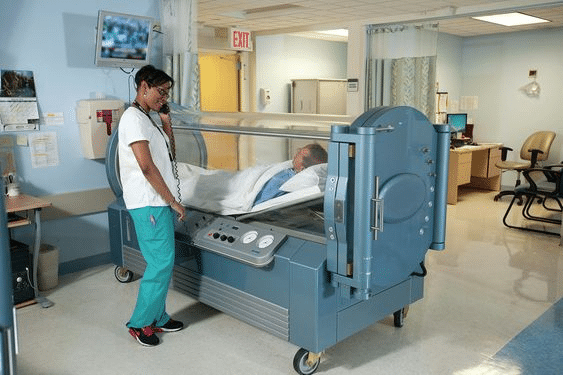
Source: Pinterest
The hyperbaric chamber is a specialized medical equipment utilized for providing Hyperbaric oxygen therapy. Hyperbaric oxygen therapy entails exposing the body to higher pressure, often two or thrice greater than the pressure of the air at sea level. This enables the respiratory system to absorb additional oxygen and disperse it to the cellular structures throughout the whole body.
Hyperbaric Oxygen Therapy (HBOT) has attracted considerable interest in medicine because of its potential perks in the treatment and management of various conditions. Nevertheless, studies to completely comprehend its efficacy and identify the particular conditions that can derive the greatest benefit from this method are ongoing.
This article aims to shed light on the positive outcomes associated with HBOT, highlighting its effectiveness in treating diverse medical issues.
The Potential of Hyperbaric Oxygen Therapy(HBOT)
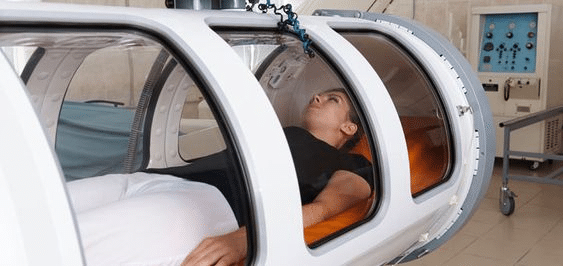
Source: Pinterest
Pressurized chambers operate as the foundation for providing HBOT. Those enclosures have been created to subject individuals to a regulated setting with greater atmospheric pressure. This allows them to inhale clean oxygen. Through increasing oxygen concentrations within the body, Hyperbaric oxygen therapy initiates multiple beneficial results.
The primary function of HBOT includes saturating the tissues of the body with increased oxygen levels. This results to boosted recovery and renewal processes. The higher oxygen levels stimulate the creation of fresh capillaries (the process of blood vessel formation), which assists in carrying crucial sustenance and oxygen to damaged organs.
History and Evolution
The roots of hyperbaric therapy can be traced back to the mid-1600s when a British clergyman, Henshaw, built a pressurized chamber for treating various ailments. With time, technological advancements and investigations have perfected the medical procedure. That caused the advancement of contemporary hyperbaric chambers.
Hyperbaric oxygen therapy has since been acknowledged for decompression sickness treatment, gas embolism therapy, and also for carbon monoxide poisoning. Moreover, the use of it has grown to encompass ulcers in diabetic patients, injuries resulting from radiation, brain injuries resulting from trauma, and persistent wounds.
Approved Medical Conditions Treated with Hyperbaric Chambers
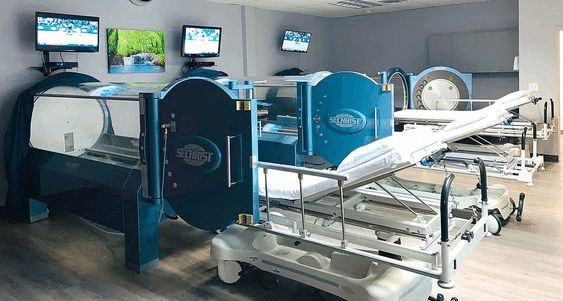
Source: Pinterest
Hyperbaric chambers have been proven effective in treating several medical conditions. Here are some of the approved conditions where hyperbaric oxygen therapy (HBOT) is utilized:
- Decompression Sickness and Arterial Gas Embolism: When divers ascend too fast, nitrogen bubbles accumulate in their circulation and cause decompression sickness, sometimes known as “the bends,” to occur. By raising the pressure and enabling more oxygen to dissolve in the blood, HBOT helps eradicate these bubbles and relieve symptoms. HBOT can also be used to successfully treat arterial gas embolism, which occurs when air or gas bubbles enter the arterial circulation.
- Non-healing Wounds and Diabetic Ulcers: HBOT proves effective in addressing non-healing wounds like ulcers, diabetic foot ulcers, and lesions. Increased oxygen levels aid tissue repair, prevent infections, and expedite healing. It stimulates collagen synthesis, angiogenesis, and fortifies the immune system. Elevated oxygen levels promote tissue repair, infection prevention, and wound recovery.
- Carbon Monoxide Poisoning and Smoke Inhalation Injuries: Carbon monoxide poisoning and smoke inhalation injuries find relief through HBOT. It augments tissue oxygenation, rapidly removes carbon monoxide from the blood, and improves burn treatment outcomes. HBOT increases the amount of oxygen delivered to tissues and eliminates carbon monoxide from the blood fast.
- Radiation Therapy Complications: Radiation therapy complications, including radiation-induced cystitis, tissue necrosis, and osteoradionecrosis, benefit from HBOT. Enhanced tissue oxygenation accelerates recovery and mitigates radiation-related complications. HBOT is used to treat the side effects of radiation therapy, including radiation-induced cystitis, an infection of the bladder, necrosis of soft tissues, and bone damage.
- Compartment syndrome and crush injuries: HBOT aids in treating compartment syndrome and crush injuries by reducing edema, improving blood flow, and promoting tissue healing. It also enhances oxygen supply, alleviates symptoms, and prevents further damage. HBOT is used to treat compartment syndrome, a disease characterized by high pressure within a muscle compartment that might restrict blood flow, in a manner similar to how it is used to treat other disorders.
- Necrotizing Soft Tissue Infections: Necrotizing soft tissue infections, a severe bacterial condition, necessitate hyperbaric chambers. HBOT combats infection, minimizes tissue damage, and improves wound healing by enhancing the immune response and oxygenating affected tissues.
- Severe anemia: This is a condition in which the body does not have enough red blood cells. HBOT can help to improve the delivery of oxygen to the tissues and reduce the risk of complications from severe anemia.
Investigational and Off-label Uses
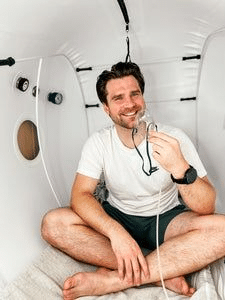
Source: Pinterest
In addition to the approved medical conditions, hyperbaric oxygen therapy (HBOT) is also being investigated and used off-label for various other conditions. While the efficacy of HBOT for these conditions is still being studied or lacks formal approval, some individuals and healthcare providers have reported positive outcomes. Here are a few examples:
- Traumatic Brain Injuries and Stroke Recovery: HBOT is being investigated as a possible therapy for TBIs and stroke recovery. The increased oxygen levels brought on by HBOT may improve the oxygenation of brain tissue, lessen inflammation, and stimulate neuroplasticity. The efficacy and proper methods for HBOT in these circumstances are still being investigated.
- Autism Spectrum Disorders: Some research has shown that HBOT may be advantageous for those who have ASD. The idea behind this is that elevated oxygen levels may enhance mental performance and lessen inflammation. To determine the effectiveness and safety of HBOT in the treatment of ASD, additional study is necessary.
- Multiple Sclerosis and Other Neurological Disorders: HBOT has being investigated as a potential treatment for MS and other neurological disorders. Increased oxygen availability might enhance tissue healing, decrease inflammation, and lessen discomfort. Even though some anecdotal accounts point to successful outcomes, more studies are needed to confirm these results and choose the best course of action.
- Fibromyalgia and Chronic Fatigue Syndrome: HBOT has been investigated as a possible therapy for fibromyalgia and chronic fatigue syndrome (CFS). The treatment seeks to address suspected underlying issues such as elevated oxidative stress and decreased tissue oxygenation. While some patients have reported symptom relief, more thorough research is needed to determine the effectiveness and safety of HBOT for these illnesses.
- Sports-Related Injuries and Performance Enhancement: Some sportsmen and sports professionals have looked into HBOT for sports-Related Injuries and Performance Enhancement in the field of sports medicine. According to the notion, HBOT can speed up the recuperation process, help with tissue regeneration, and even improve sports performance. The utility of HBOT for these objectives is still debatable, and there is little data to back up these assertions.
Side Effects of Hyperbaric Oxygen Therapy

Source: Pinterest
While hyperbaric oxygen therapy (HBOT) is generally thought to be safe, there may be some negative effects. These negative effects are often minor and short-lived. The following are a few possible HBOT adverse effects:
- Ear Pain: Similar to the sensation felt during an airplane takeoff or landing, changes in pressure during HBOT may produce discomfort or pain in the ears. This pain can be reduced using methods like equalizing ear pressure.
- Sinus congestion: For people with pre-existing sinus issues, the increased pressure in the hyperbaric chamber may result in sinus congestion or pain.
- Claustrophobia: For certain people, the confined nature of the hyperbaric chamber can cause feelings of claustrophobia or anxiety. It’s crucial to voice any worries to the medical staff before
- Nausea and Vomiting: People may have nausea or vomiting before, during, or after HBOT treatments. The rise in oxygen levels or the pressure shift might be blamed for this.
- Dizziness, Headache, and weariness: Some people who get HBOT may have brief dizziness, headaches, or weariness. Usually, these symptoms go away shortly after the therapy.
It is crucial to inform the medical personnel supervising the therapy of any discomfort or negative effects felt during HBOT sessions. To reduce side effects and protect the patient’s general safety and well-being, they can offer the proper direction and modify the therapy as necessary.
Safety and Potential Risks
When carried out by qualified healthcare experts and in accordance with established procedures, hyperbaric oxygen treatment (HBOT) is usually regarded as safe. However, safety must always come first and dangers must be kept to a minimum.
Individuals should go through a comprehensive evaluation before beginning HBOT to make sure they are good candidates for the treatment. This evaluation takes into account their past medical history, present health, and any underlying problems that could compromise the safety or effectiveness of HBOT.
Hyperbaric chambers must adhere to severe safety requirements. To guarantee maximum safety, the equipment and facilities must undergo routine maintenance, testing, and inspection. The chamber should be properly operated and maintained by trained staff.
Always administer HBOT under the direction of licensed medical experts with hyperbaric medicine experience. These experts can keep an eye on the procedure, change the settings as required, and deal with any issues or adverse effects as soon as they appear.
Conclusion
Hyperbaric chambers have been shown to provide a wide range of health advantages, including faster healing, better oxygenation, and tissue restoration. The expanding use of hyperbaric oxygen therapy warrants further exploration to unlock its full potential in enhancing patient care and improving treatment outcomes.

